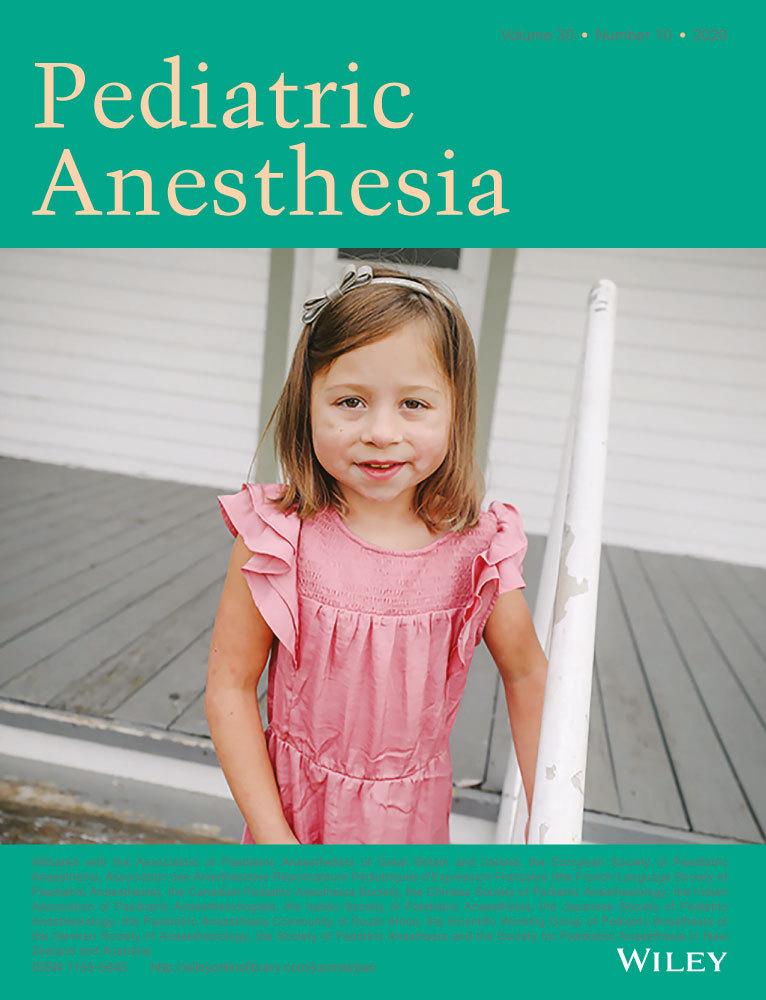Femoral nerve catheters and limb strength asymmetry at 6 months after primary anterior cruciate ligament reconstruction in pediatric patients
Abstract
Background
The postoperative implications of single-injection femoral nerve blockade and femoral nerve catheter placement for anterior cruciate ligament reconstruction are not well defined among pediatric patients. Femoral nerve blockade may be associated with deficits in quadriceps symmetry at 6 months postoperative.
Aims
We compared outcomes after primary anterior cruciate ligament reconstruction surgery in pediatric patients who received either a single-injection femoral nerve block or femoral nerve catheter and a single-injection popliteal nerve block.
Methods
We conducted a retrospective chart review of patients 10-19 years of age who underwent anterior cruciate ligament reconstruction with quadriceps tendon-patellar bone autograft by a single orthopedic surgeon at two of our locations. Of 88 patients analyzed, 31 received single-injection femoral nerve blockade (52% female, mean age = 15.6 ± 1.8 years) and 57 received femoral nerve catheter (53% female, mean age = 15.6 ± 1.7 years). Time from surgery to return-to-sport clearance and movement symmetry were compared between groups at approximately 6 months postoperatively.
Results
The single-injection femoral nerve blockade group exhibited significantly greater single-leg squat symmetry than did the femoral nerve catheter group (95.5 ± 6.7% vs 88.3 ± 9.3%; P = 0.02; mean difference = 7.2%, 95% CI = −1.1, 13.3) 6 months postoperatively. There was no difference in time from surgery to return-to-sport clearance between groups (median = 247 [interquartile range = 218-295] days vs 268 [241-331] days; P = 0.22; mean difference = 40 days; 95% CI = −23, 102).
Conclusion
Though time to return to sport did not differ, patients in the femoral nerve catheter group exhibited greater single-leg squat asymmetry than did those in the femoral nerve blockade group approximately 6 months postoperatively. Persistent functional deficits may be important to consider when treating pediatric patients undergoing anterior cruciate ligament reconstruction.
CONFLICT OF INTEREST
The authors report no conflict of interest.




